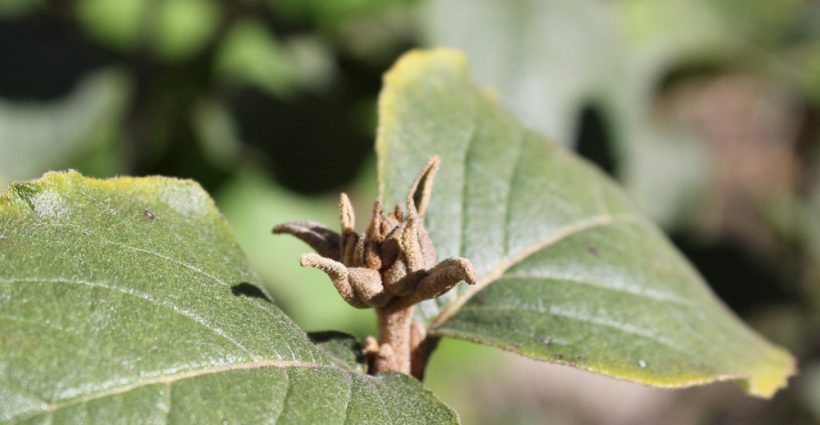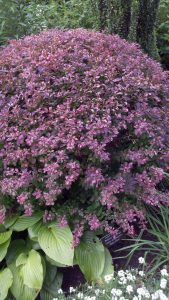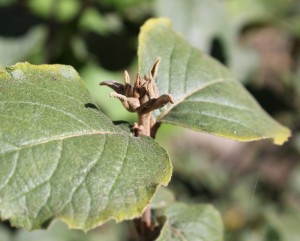designed for the way women work.

Pruning Shrubs in Fall
Category: Presenting "The Curious Gardener"
We consulted with our friend the horticulturist Ruth Rogers Clausen about pruning shrubs in the fall.
There are primarily three reasons to prune a shrub:
- To get rid of any dead or diseased wood, or crossing branches
- To shape a shrub
- To encourage more flowering

Fall is a good time to prune away dead, damaged, diseased or dying branches. It can be done anytime of year but if you do it now you don’t have to worry about damaging new growth that may be emerging on healthy branches in the spring. And at this time of year it’s easier to pick out the dead branches. In the spring you might accidentally prune out a live one.
Shrubs such as boxwood or barberry can be trimmed lightly in the fall. I planted two Berberis thunbergii ‘Rosy Glow’ in my garden this summer. I let them get established through the summer but my plan is to shape them like the one at the NY Botanical Garden shown in the photo. So this weekend I pruned them to begin shaping them. Branches with new growth will have pink tips, and the overall effect is of a ‘rosy glow’ as the name suggests.
Many shrubs should not be pruned in the fall. Many spring flowering shrubs set their buds the previous year, like Viburnum carlesii, which I planted in my garden last spring because of its extraordinary fragrance. If buds are removed now the plant will not be harmed, but there will be no flowers next spring, which would be a big disappointment. Other shrubs that fall into this category are rhododendron and azalea, forsythia, weigela, lilac and other spring bloomers whose flowers grow on ‘old wood’ from the previous year.

Shrubs that bloom on new shoots that grow in the spring should not be pruned in the fall for different reasons. If you prune now you might weaken or shock the plant, and any new growth that occurs between now and winter could be vulnerable to desiccation from cold winter temperatures and wind. Rose bushes are an example of this. Other shrubs that bloom on ‘new wood’ include Caryopoteris, Spirea, Callicarpa and Holly.
The popular genus of hydrangea has many species, and some bloom on old wood and some on new wood. Click here to read an article from Fine Gardening magazine that will help sort out the different types of hydrangeas and when to prune each. Last fall we had our house painted and we decided to prune back all the foundation plantings to make it easier for the painters to access the house. The result was that many of our hydrangeas had no blooms this year. Next year they’ll be back I’m sure.
When pruning, always remember to use a sharp set of pruning shears or scissors and wear a pair of your favorite Womanswork garden gloves!



